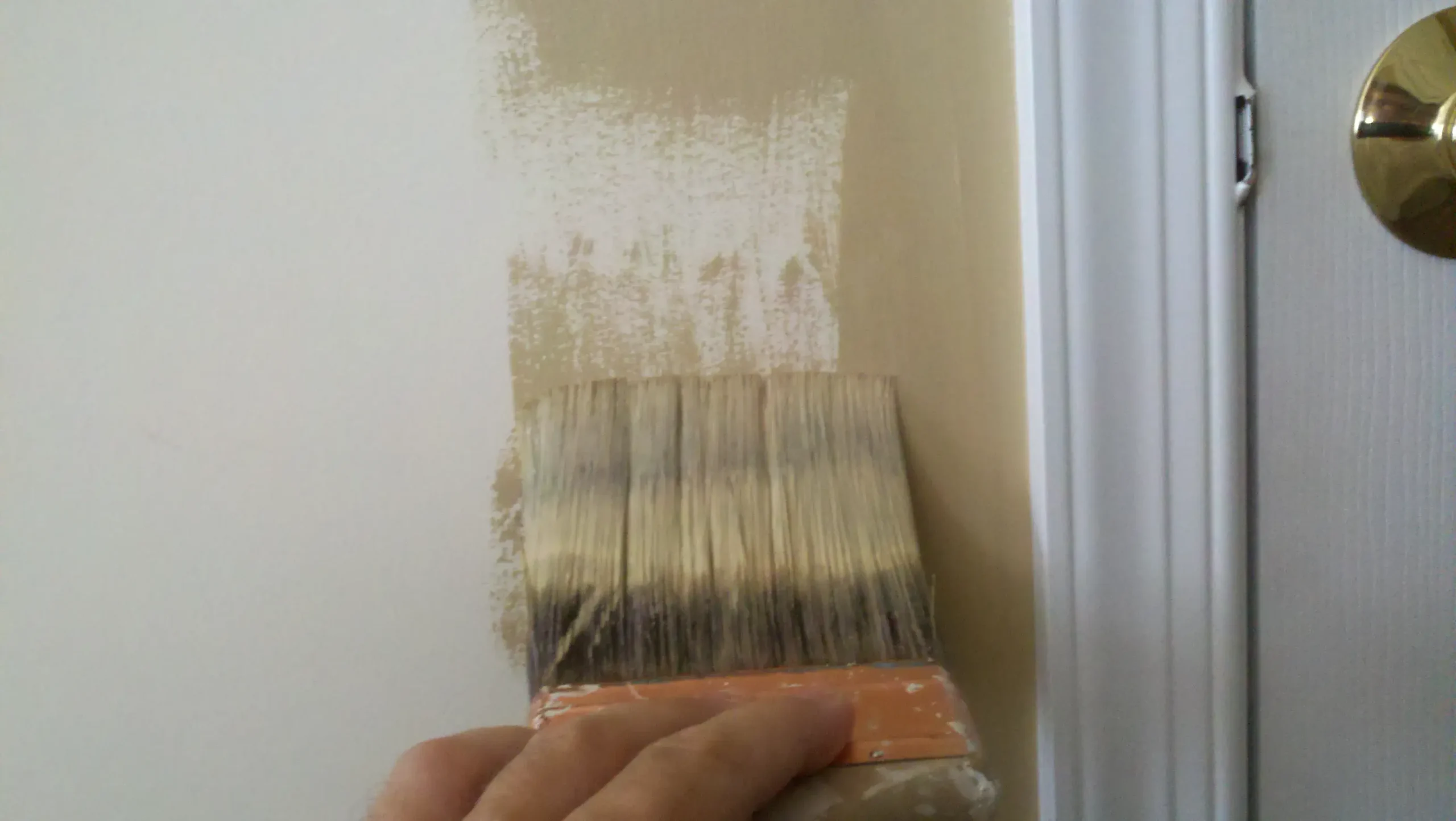Painting a room can be a rewarding DIY project, but it also requires some planning and preparation. One of the most common questions that novice painters ask is whether they can cut in a whole room before rolling, or if they have to alternate between the two techniques. Cutting in is the process of painting the edges and corners of a wall with a brush, while rolling is the process of covering the large areas of a wall with a roller.
The short answer to whether you can cut in a whole room before rolling is that it depends on the type of paint you are using, the temperature and humidity of the room, and your personal preference. Some paints dry faster than others, and some conditions can affect the drying time as well. If you cut in a whole room before rolling, you run the risk of creating lap marks, which are visible lines where the wet paint overlaps the dry paint. Lap marks can ruin the appearance of your walls and make your painting job look unprofessional.
Pros and Cons of Each Method
To avoid lap marks, many professional painters recommend that you cut in and roll one wall at a time, or even one section of a wall at a time. This way, you can maintain a wet edge and blend the paint seamlessly. However, this method also has some drawbacks, such as:
- It can be more time-consuming and tedious, especially if you have a large room or multiple rooms to paint.
- It can be more difficult to achieve a consistent color and finish, especially if you have to mix different batches of paint or use different tools.
- It can be more wasteful, as you may have to reload your brush or roller more often and clean them more frequently.
On the other hand, cutting in a whole room before rolling can have some advantages, such as:
- It can be faster and easier, as you can focus on one task at a time and use the same tool for the entire room.
- It can be more convenient, as you can move around the room without worrying about bumping into wet walls or dripping paint.
- It can be more economical, as you may use less paint and have less cleanup.
However, this method also has some challenges, such as:
- It can be more prone to lap marks, as the paint may dry too quickly or unevenly before you roll over it.
- It can be more affected by environmental factors, such as temperature, humidity, and lighting, which can alter the drying time and appearance of the paint.
- It can be more dependent on the quality and type of the paint, as some paints are more forgiving and self-leveling than others.
The Best Way to Paint a Room: Tips and Tricks
Ultimately, the best way to paint a room depends on your personal preference, skill level, and budget. However, here are some general tips and tricks that can help you achieve a flawless finish regardless of the method you choose:
- Choose the right paint for your project. Different types of paint have different properties, such as sheen, durability, coverage, and drying time. For example, latex paints are water-based and dry faster than oil-based paints, but they may not adhere well to glossy surfaces. Consult the label or the manufacturer for the best recommendations.
- Prepare the surface properly. Before you start painting, make sure the walls are clean, dry, and free of any defects, such as cracks, holes, or stains. Repair any damage and apply a primer if needed. Tape off any areas that you don’t want to paint, such as baseboards, trim, or outlets.
- Use the right tools for the job. Invest in good quality brushes and rollers that are suitable for the type and size of the surface you are painting. For cutting in, use a 2-inch angled brush that can reach the corners and edges easily. For rolling, use a 9-inch roller with a 3/8-inch nap that can cover large areas smoothly. Avoid cheap or worn-out tools that can shed bristles or leave lint on the walls.
- Apply the paint in thin and even coats. Don’t overload your brush or roller with too much paint, as this can cause drips, runs, or uneven coverage. Start from the top and work your way down, using smooth and steady strokes. Overlap each stroke slightly to avoid gaps or streaks. Let each coat dry completely before applying the next one, following the manufacturer’s instructions.
- Keep an eye on the wet edge. Whether you cut in a whole room before rolling or alternate between the two, always try to maintain a wet edge and blend the paint as you go. This means that you should work quickly and avoid painting over areas that have already started to dry. If you notice any lap marks, you can try to smooth them out with a dry brush or roller while the paint is still wet, or sand them lightly and apply another coat after the paint is dry.
Conclusion: Painting a Room Is an Art and a Science
Painting a room can be a fun and rewarding DIY project, but it also requires some skill and knowledge. One of the most important decisions you have to make is whether you can cut in a whole room before rolling, or if you have to alternate between the two. The answer depends on several factors, such as the type of paint, the room conditions, and your personal preference. There are pros and cons to each method, and the best way to paint a room is to follow the guidelines and tips that we have provided in this article. With some practice and patience, you can achieve a professional-looking result that will transform your space and impress your guests. Happy painting!“`

